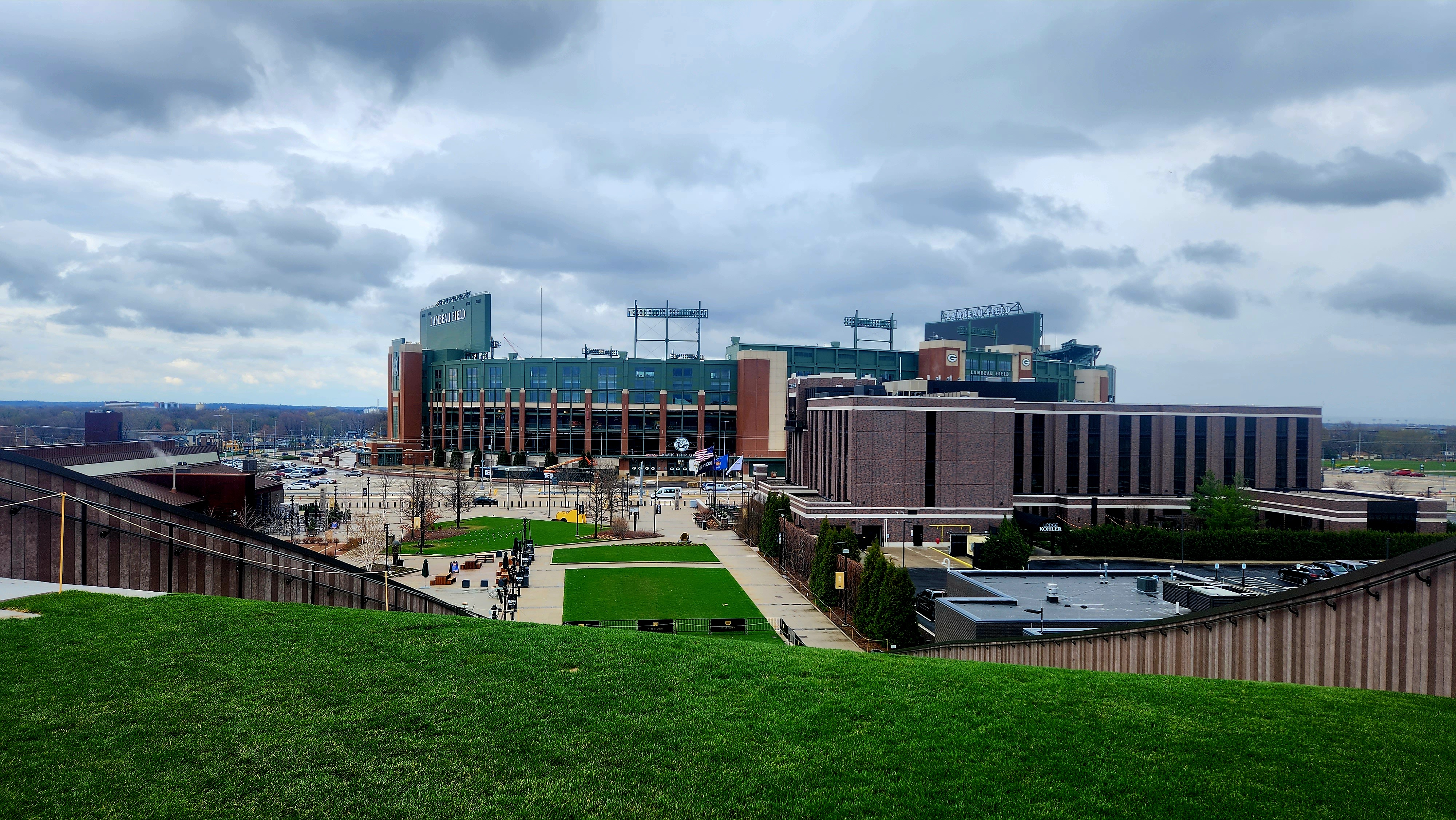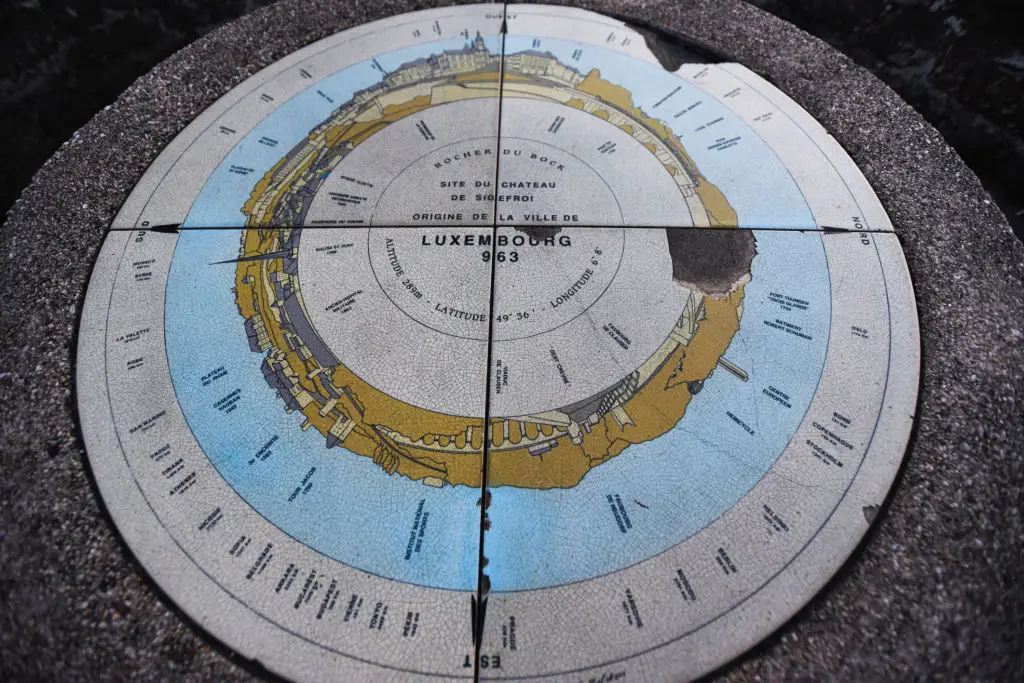12 Abandoned Space Observatories and Science Labs That Tell Haunting Tales
The cosmos has always fascinated humanity, a canvas of infinite possibilities and mysteries waiting to be unraveled. Over the decades, numerous space observatories and science labs were constructed to delve into the secrets of the universe. These structures stood as monuments to human curiosity and ambition, housing cutting-edge technology and brilliant minds dedicated to exploring the stars. Yet, as time marched on, some of these observatories were abandoned, left to the elements and the relentless march of progress. Today, they stand silent, their once-bustling halls echoing with the memories of groundbreaking discoveries and the dreams of those who once worked within their walls. This article embarks on a journey through these haunting tales from the stars, exploring the top 12 abandoned space observatories and science labs. Each site offers a unique story, a glimpse into a past where the pursuit of knowledge was paramount. Join us as we uncover the history, significance, and eerie beauty of these forgotten monuments to human exploration.
1. The Rise and Fall of the Arecibo Observatory
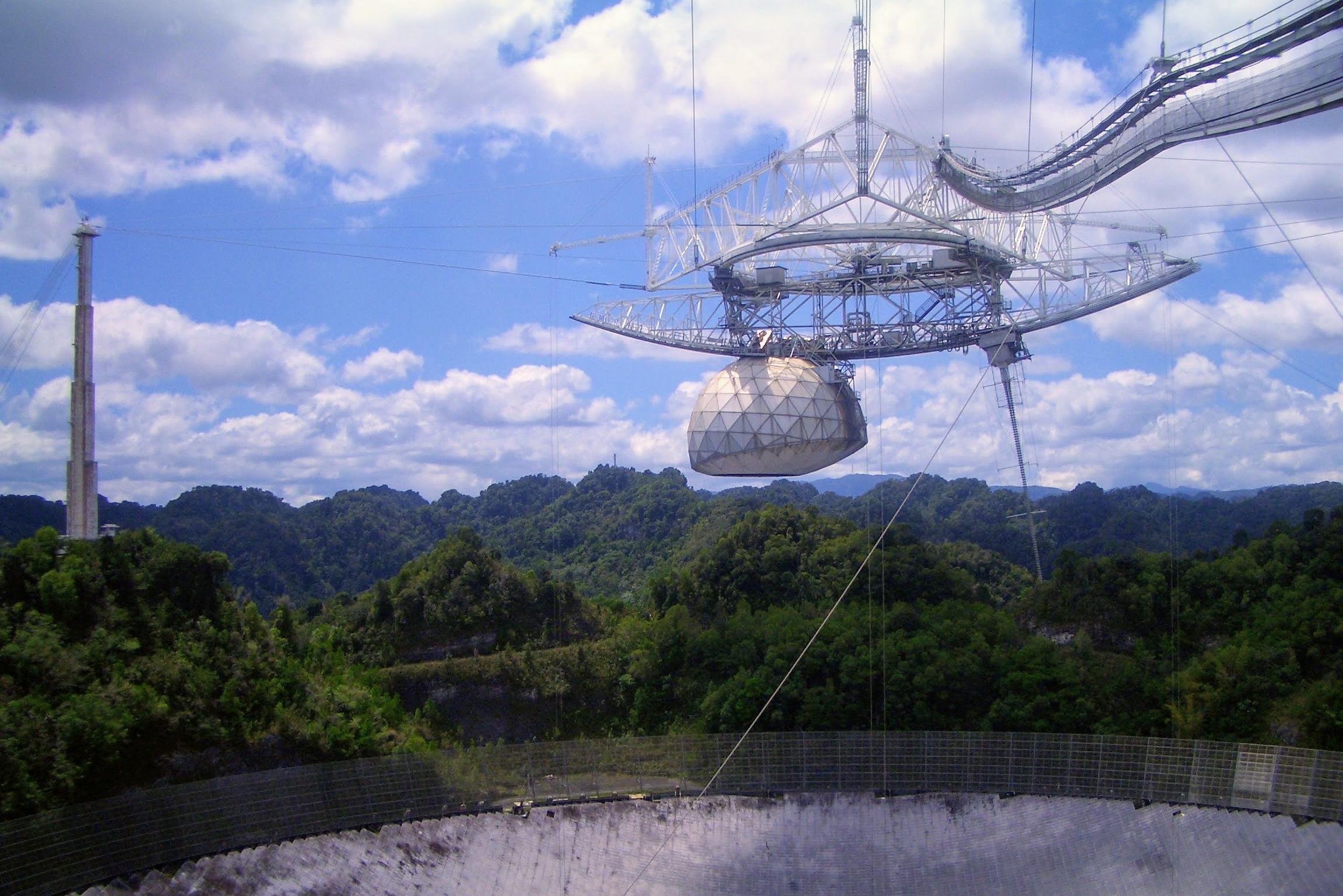
The Arecibo Observatory in Puerto Rico was once the largest radio telescope in the world, a marvel of engineering nestled in the lush Caribbean landscape. Constructed in the early 1960s, it played a pivotal role in advancing our understanding of the universe. Scientists used it to study planets, asteroids, and the ionosphere, and it was instrumental in the search for extraterrestrial intelligence. However, despite its monumental contributions, Arecibo faced numerous challenges over the years, from funding cuts to natural disasters. In 2020, the observatory suffered catastrophic structural failures, leading to its eventual collapse. The fall of Arecibo marked the end of an era, leaving behind a legacy of scientific achievements and a poignant reminder of the impermanence of human endeavors.
2. The Ghostly Remains of the Green Bank Telescope

Nestled in the remote hills of West Virginia, the Green Bank Telescope was once a hub of astronomical activity. Its location in the National Radio Quiet Zone made it an ideal site for radio astronomy, free from the interference of modern technology. The observatory contributed to significant discoveries, including the mapping of interstellar hydrogen and the study of pulsars. However, advancements in technology and the construction of more advanced telescopes elsewhere led to its decline. Today, the site is a ghostly reminder of its former glory, with its massive dish standing silently amidst the trees, a testament to the relentless march of scientific progress.
3. The Forgotten Legacy of the Mauna Kea Observatories

Perched atop the volcanic peaks of Hawaii, the Mauna Kea Observatories were once at the forefront of astronomical research. The unique location offered unparalleled clarity for observing the night sky, attracting scientists from around the world. Over time, however, the site became embroiled in controversy, as cultural and environmental concerns clashed with scientific pursuits. As newer facilities emerged, some of the older telescopes were decommissioned and abandoned. These structures now stand as relics of a bygone era, their domes weathered by time and the elements, silently watching over the island and the stars above.
4. The Deserted Halls of the Jodrell Bank Observatory

Jodrell Bank Observatory in the UK was a pioneering site in the field of radio astronomy. Established in the mid-20th century, it played a crucial role in the development of radar technology and the study of cosmic phenomena. The observatory's iconic Lovell Telescope was instrumental in tracking spacecraft and observing distant galaxies. However, as technology advanced and newer facilities were built, parts of Jodrell Bank fell into disuse. Today, some of its buildings lie abandoned, their once-busy corridors now silent, serving as a poignant reminder of the observatory's storied past and the ever-evolving nature of scientific exploration.
5. The Silent Sentinels of the Very Large Array

In the vast plains of New Mexico, the Very Large Array (VLA) stands as a testament to human ingenuity and the quest for knowledge. This array of radio telescopes was once at the cutting edge of astronomical research, capturing images of distant galaxies and probing the mysteries of the universe. However, as technology evolved, some of the older components of the VLA were retired and left to the elements. These silent sentinels now dot the landscape, their parabolic dishes pointing skyward, a haunting reminder of the relentless pursuit of understanding and the passage of time.
6. The Eerie Silence of the Parkes Observatory
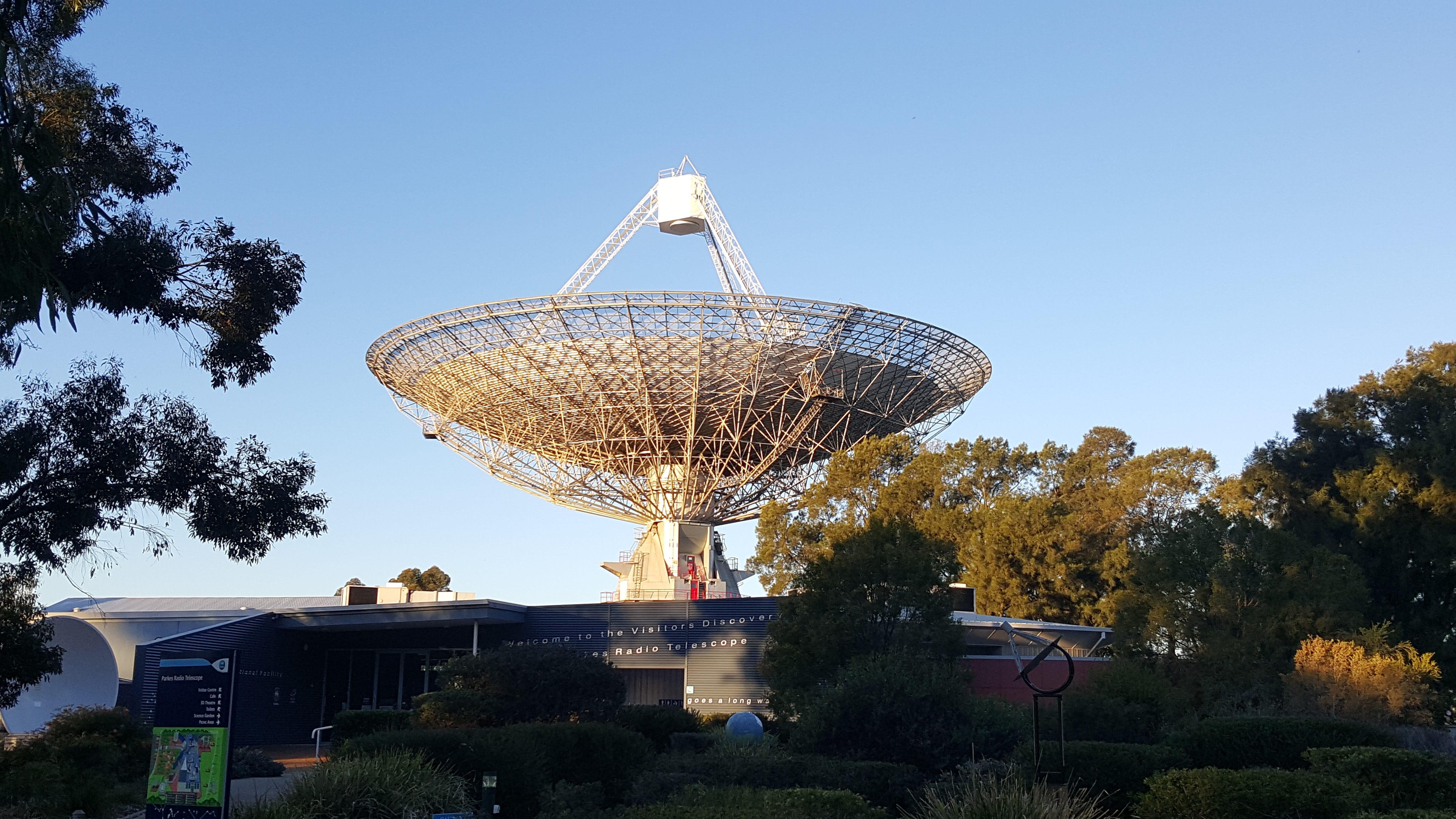
Australia's Parkes Observatory, with its iconic "Dish," played a vital role in the history of space exploration. It was famously involved in relaying live television of the Apollo 11 moon landing, bringing the historic event to millions around the world. Over the years, Parkes contributed to numerous scientific breakthroughs, from studying quasars to searching for extraterrestrial life. However, as newer technologies emerged, parts of the observatory were decommissioned, leaving behind an eerie silence. The once-bustling site now stands as a monument to human achievement, its dish a silent witness to the wonders of the cosmos.
7. The Abandoned Dreams of the Palomar Observatory
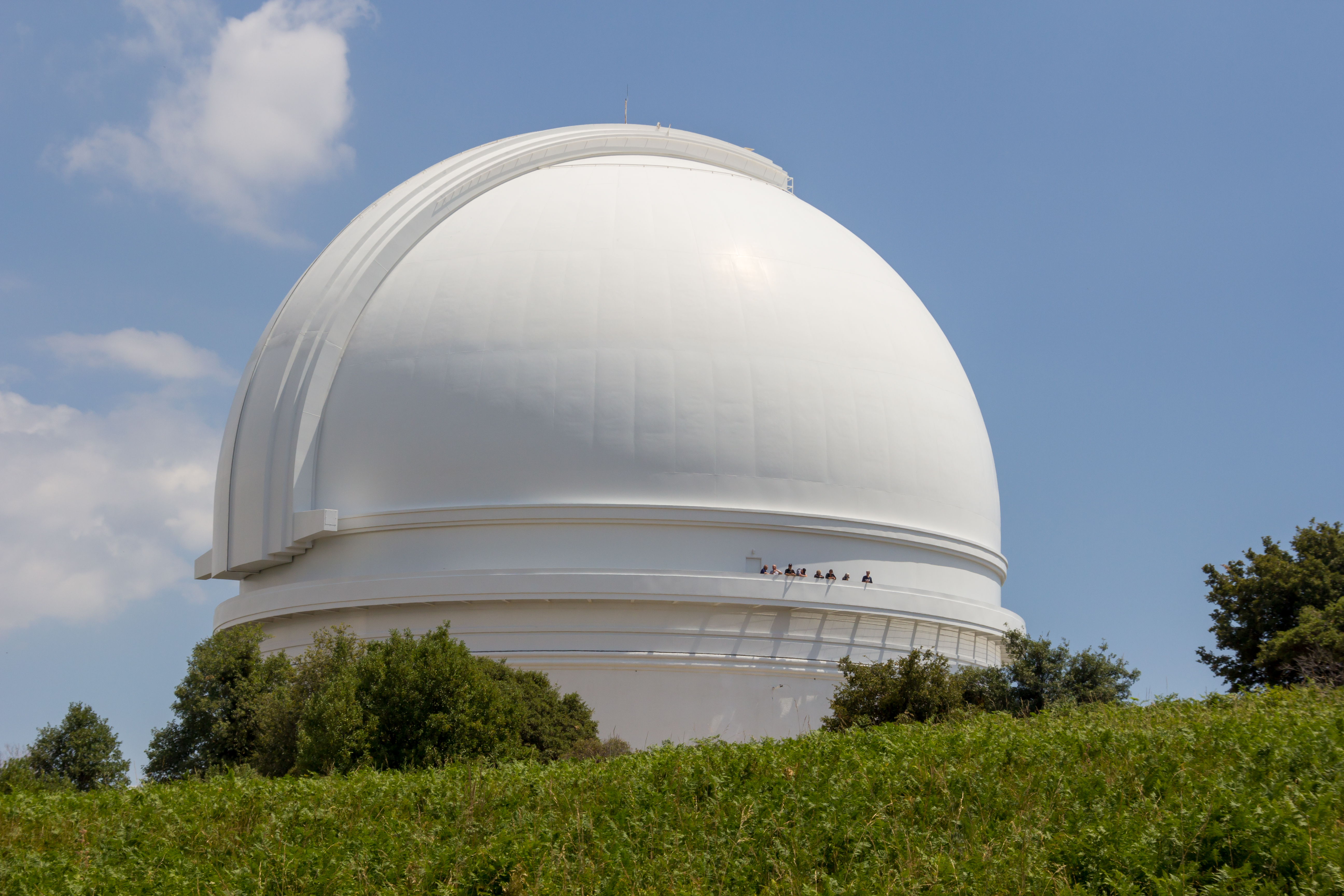
The Palomar Observatory in California was once home to the largest telescope in the world, the Hale Telescope. For decades, it was at the forefront of astronomical research, contributing to our understanding of everything from the structure of galaxies to the expansion of the universe. However, as newer, more advanced observatories were built, parts of Palomar were left behind. The abandoned facilities now stand as a testament to the dreams and aspirations of those who once worked there, their halls echoing with the whispers of past discoveries and the relentless drive to explore the unknown.
8. The Haunting Beauty of the Mount Wilson Observatory
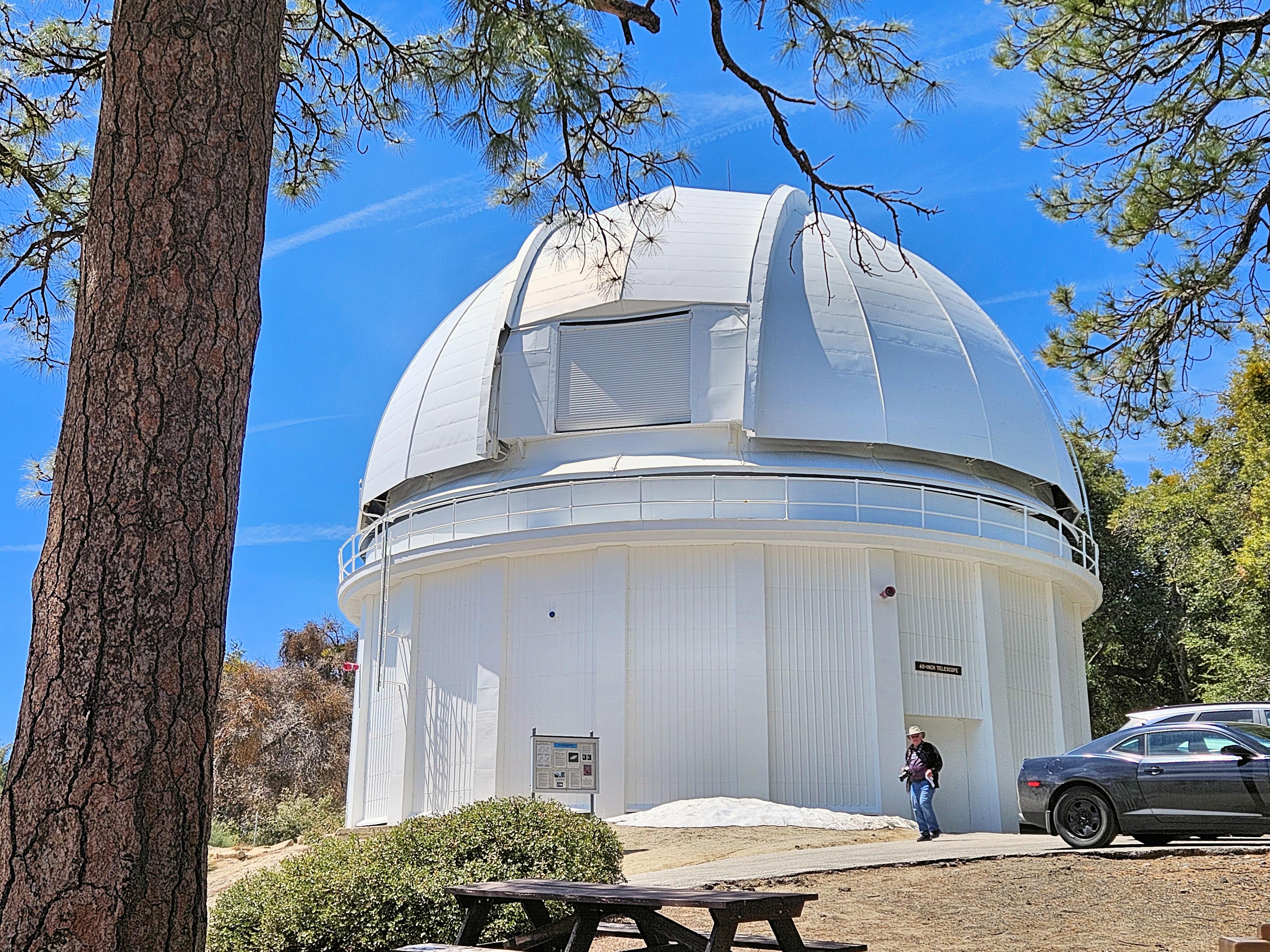
Nestled in the San Gabriel Mountains, the Mount Wilson Observatory was a hub of astronomical research in the early 20th century. Its telescopes were instrumental in the discovery of the expansion of the universe and the study of stellar evolution. However, as light pollution and technological advancements took their toll, parts of the observatory were abandoned. Today, the site retains a haunting beauty, its historic structures standing as silent witnesses to the passage of time and the enduring quest for knowledge that defined its storied past.
9. The Isolated Silence of the South Pole Telescope
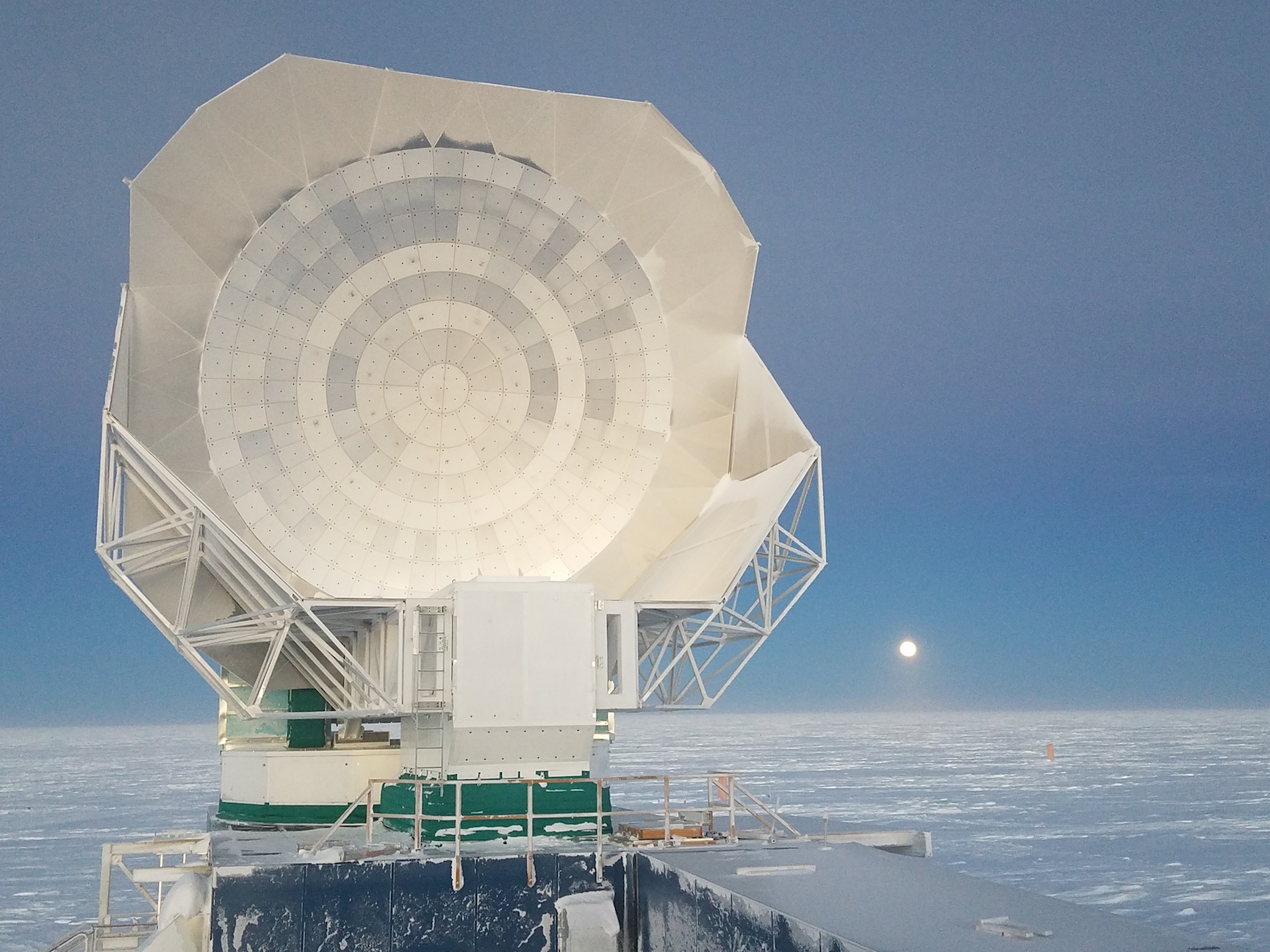
The South Pole Telescope is one of the most remote observatories in the world, located on the icy expanse of Antarctica. Its unique location allows for unparalleled observations of the cosmic microwave background, providing insights into the early universe. However, the harsh conditions and logistical challenges of operating in such an extreme environment have led to parts of the facility being abandoned. The isolated structures now stand in stark contrast to the vast, frozen landscape, a testament to the determination and resilience of those who sought to unlock the secrets of the cosmos from one of the most inhospitable places on Earth.
10. The Deserted Labs of the European Southern Observatory
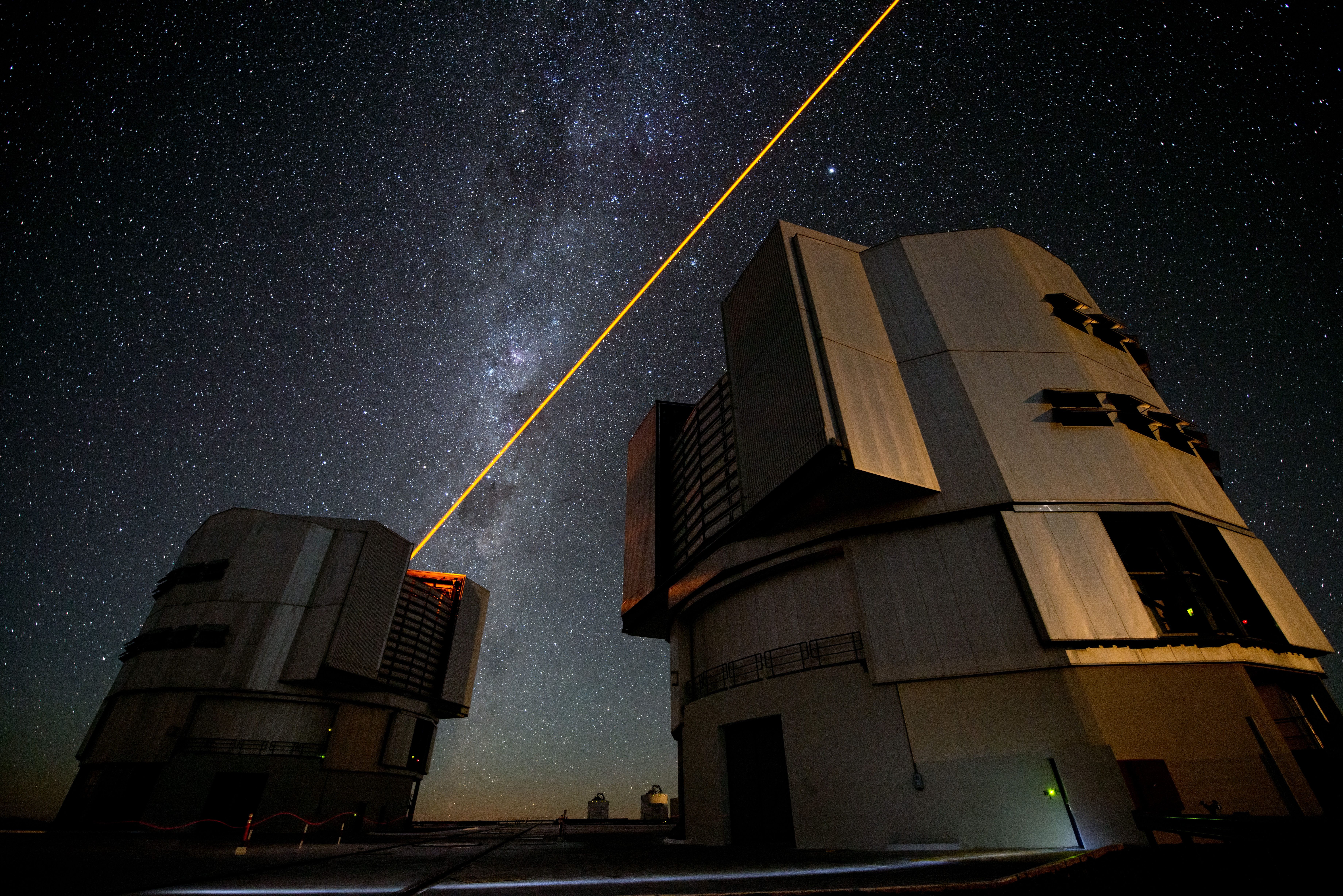
The European Southern Observatory (ESO) has been a leader in astronomical research, with facilities scattered across the globe. However, as newer, more advanced observatories were constructed, some of the older labs were left behind. These deserted facilities now stand as relics of a time when the ESO was at the forefront of scientific discovery. Their empty halls and abandoned equipment serve as a poignant reminder of the relentless pursuit of knowledge and the ever-changing landscape of scientific exploration.
11. The Fading Echoes of the National Radio Astronomy Observatory
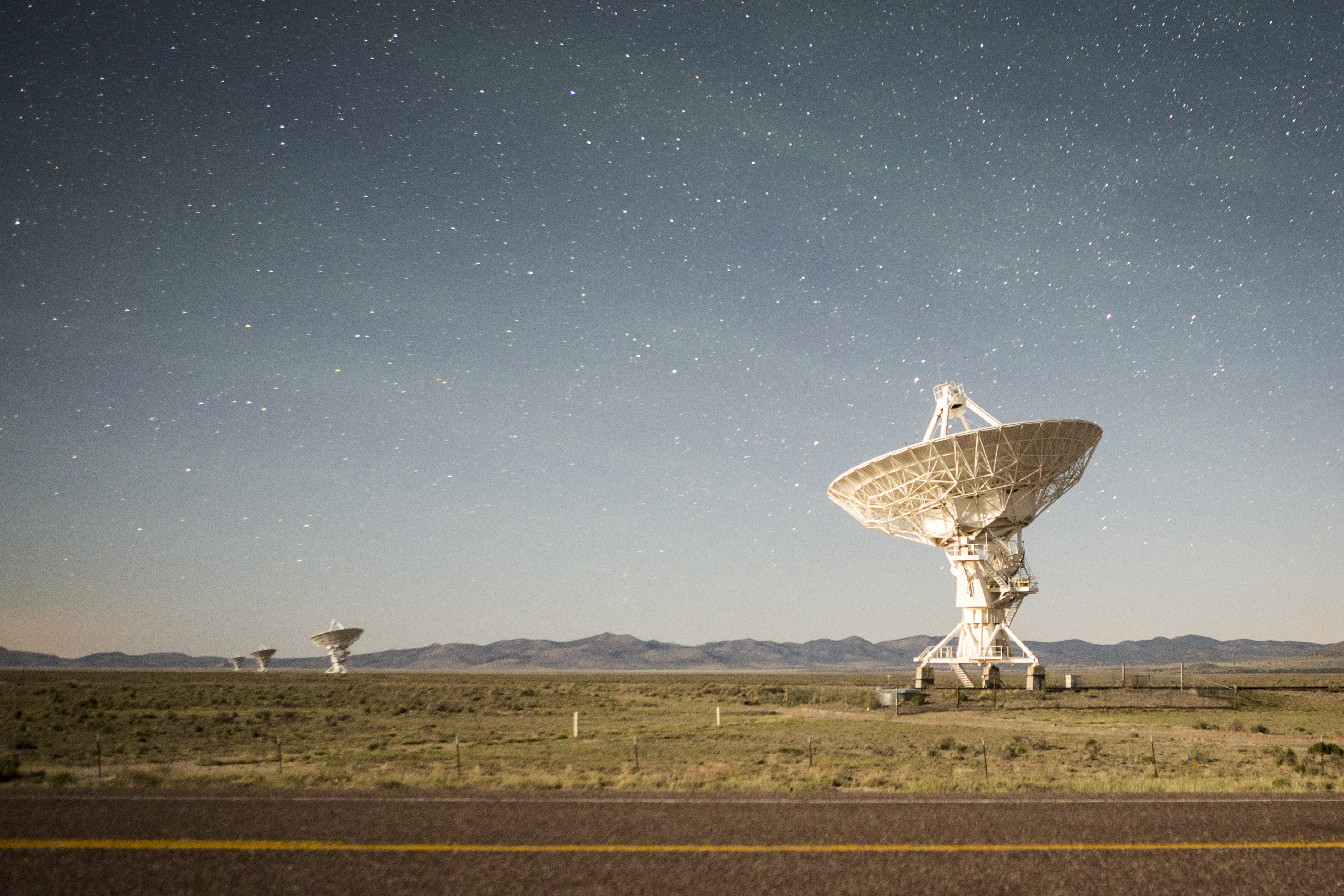
The National Radio Astronomy Observatory (NRAO) in the United States has been a cornerstone of radio astronomy research for decades. Its facilities have contributed to countless discoveries, from the study of black holes to the search for extraterrestrial life. However, as technology advanced and newer observatories were built, some of the NRAO's sites were abandoned. These fading echoes of scientific achievement now stand as monuments to the past, their once-bustling labs now silent, a testament to the ever-evolving nature of human exploration.
The Enduring Quest for Knowledge
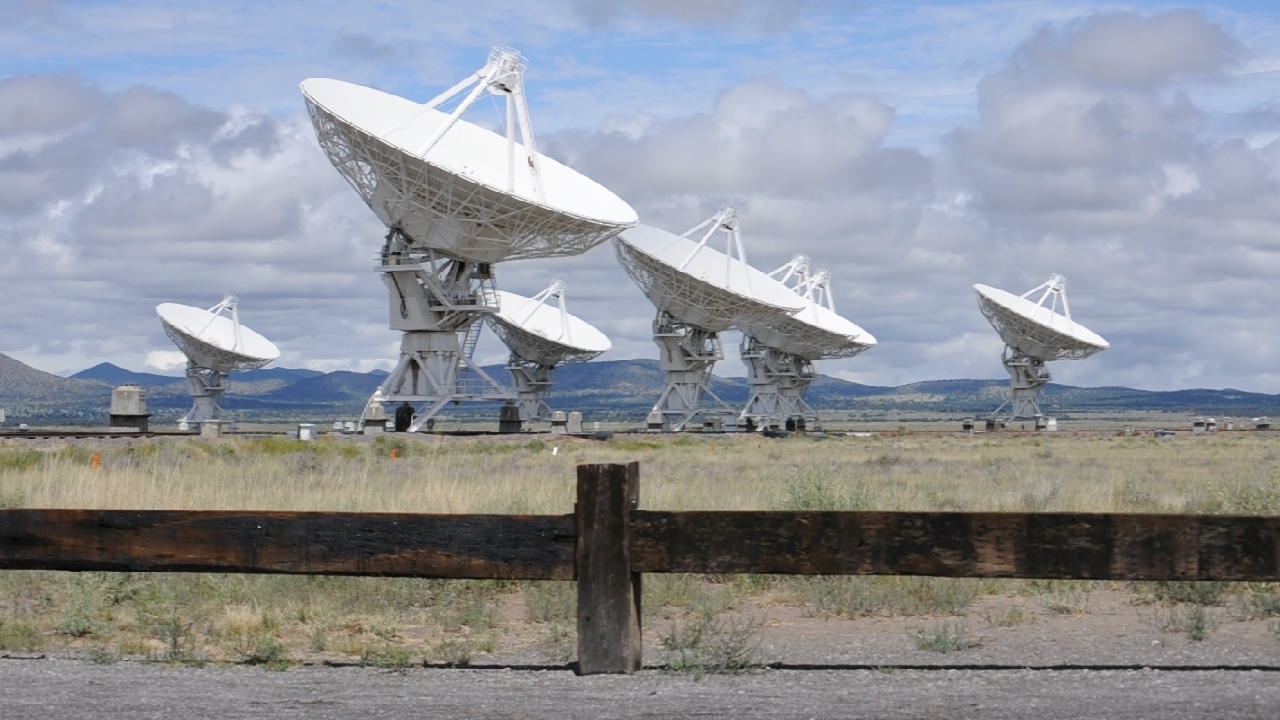
The abandoned space observatories and science labs we have explored in this article are more than just relics of the past; they are symbols of humanity's enduring quest for knowledge. Each site tells a unique story, a chapter in the ongoing saga of our exploration of the universe. While they may no longer be active, their legacy lives on in the discoveries they made possible and the inspiration they continue to provide. As we look to the future, we carry with us the lessons and achievements of these silent sentinels, ever driven by the desire to unravel the mysteries of the cosmos and chart a course for the stars.






